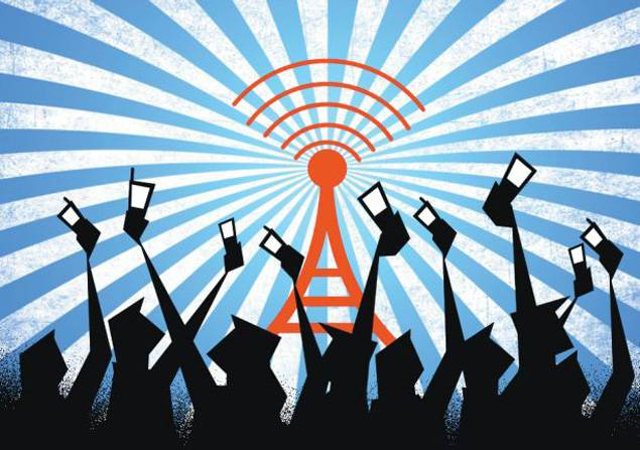
How does internet access improve lives in developing countries?
Internet access can help to improve access to information, opportunities, and services, and can contribute to the overall well-being and development of communities in developing countries. Five examples include:
- Education: Internet access can provide people in developing countries with access to a wealth of educational resources, including online courses, educational videos, and other materials. This can help to improve the quality of education and expand opportunities for learning, especially for people in remote or underserved areas.
- Employment: Internet access can help people in developing countries to find and apply for jobs, as well as connect with potential employers and clients. It can also enable people to start and run their own businesses, providing a source of income and economic opportunities.
- Healthcare: Internet access can provide access to health information and resources, including telemedicine services, which can improve access to healthcare and lead to better health outcomes.
- Communication: Internet access can help people to stay connected with friends and family, and to access news and information from around the world. It can also facilitate the exchange of ideas and facilitate collaboration with others.
- Political participation: Internet access can provide a platform for people to engage in political discourse and participate in the democratic process, helping to promote transparency and accountability in governance.
4 Reasons Why Telecentres Matter in the Mobile Phone Era
In rural areas of Africa, information and communication services provided by telecentres are instrumental in community and national development as well as improving...
USAID How To Guide for Bringing More Women Online
Internet adoption and mobile phone ownership are on the rise globally, yet 2.7 billion people remain unconnected to the Internet. Within this digital divide, there...
3 Ways Starlink is an Extractive ICT Company in LMICs
Starlink is now the big favorite for Internet access across low- and middle-income countries (LMICs) around the world. Every technologist in developing countries...
Make Your Digital Service Work Offline, Online and Everywhere in Between
There used to be a clear divide between “online” and “offline”. Before the mobile Internet, when you were online you could download as much as you wanted....
Apply Now: $109,000 Seed Funding to Bridge the Digital Divide
There are 2.9 billion unconnected people across the globe, an issue that was significantly exacerbated by the COVID-19 pandemic. Now imagine yourself as one of...
Authoritarians Attack Human Rights Activist Satellite Technology
Access to space technologies during the Ukraine invasion has been a crucial aspect of the conflict, from providing communications which are resilient to attacks...
Apply Now: $60,000 Internet Access and Connectivity Grants
The Internet is a place of possibility and opportunity. It is where we collaborate and innovate for a better world. Where we share our hopes and strengthen our...
Apply Now: $120,000 Internet Strengthening Grants in Latin America and Caribbean
The Internet is permanently under construction. Ensuring its stability and security is essential to strengthen user trust and foster Internet growth in Latin America...
We Struggle to Make Progress on Meaningful Access to Information
Information access is a fundamental driver of many of the goals in the United Nations’ 2030 Sustainable Development Agenda, yet many countries are struggling...
Apply Now: $2 Million for Internet Projects in Asia Pacific Countries
The challenges of improving Internet access are multi faceted and interrelated, particularly in developing countries. They include technical skills and knowledge,...











